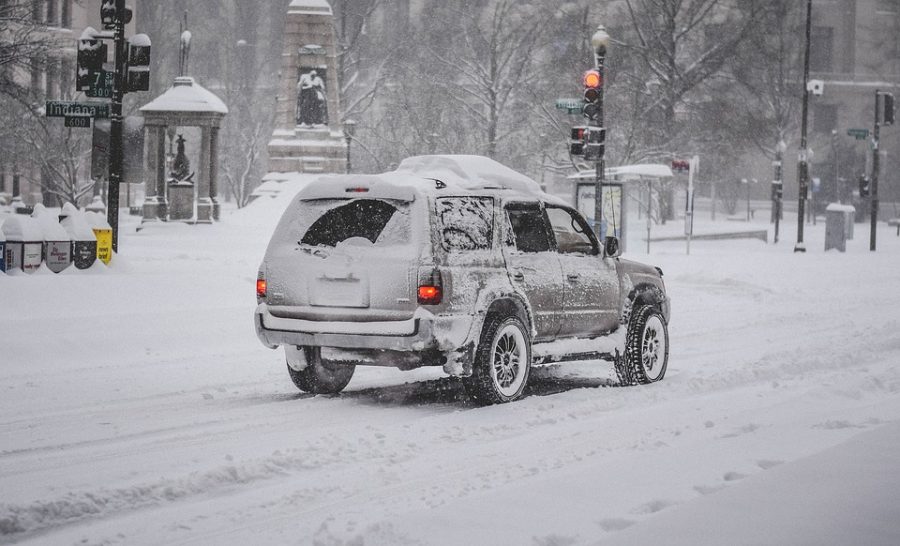Five Tips for Driving in Snow
Winter is finally here. Sure, it may be cold and snowy, but that’s what makes it the best time of year, at least if you want to drift around corners with front wheel drive. And if you have rear wheel drive, you’ll get plenty of chances. Maybe more than you really want.
But despite some people’s excitement, you might be dreading driving in the snow. Hopefully being prepared can make things a little easier. Here are five things you should do before driving in the snow.Tires and chains.
If you don’t want to be slipping and sliding, don’t drive with performance or worn down tires. Also, properly inflate them. Either buy snow tires or all season tires, and make sure to carry chains, just in case. Also, don’t be the person who just throws chains in the trunk — test to make sure they fit (And that you know how to put them on.)
Emergency tools.
You should know what your vehicle needs. Bring those things. Also, bring along an emergency shovel, and some cat litter, salt, or carpet squares, to give you friction in case you get stuck.
Bring extra weight.
If you have a rear wheel drive car or truck, good for you. If you’ve driven it in the winter, you know how helpful it can be to put 25 to 50 pounds of weight over each of your rear wheels. If you don’t know what I’m talking about, let me explain. Because the engine is in the front of the car, the weight sits up there, and not over the rear wheels that actually push the car forward. When you turn, the rear wheels slide out. Great for drifting, but not great for getting groceries during times of heavy traffic. So, put some weight over your rear wheels.
Don’t drive outside of your car’s ability.
Remember that four wheel drive and all wheel drive help you start off faster, because all wheels are being powered. 4WD and AWD do not help you stop faster, turn quicker, or even drive faster. Chances are that your 4WD or AWD vehicle is most likely a truck, SUV, or crossover, and will have a higher center of gravity and heavier weight. Therefore, you should be going even slower than people in cars when cornering and braking. Really, just know your limits.
Braking and stopping.
Start out the season with good brakes. Have working antilock brakes, or know how to stab brake. Driving with a manual transmission is better, as you can slow the car by downshifting. Also, make sure to have a good emergency brake. You don’t want your car to slide away on ice when parked. Make sure to keep more following distance and drive an appropriate speed
I know I said I would give you five tips, but here’s a bonus one. You know what a car is? A machine intended to provide mobility to people and things. You know what a car is not? A metal safety cage that makes the laws of physics not applicable to you. Remember that electronic stability systems, antilock brakes, and that fancy computer-y stuff won’t save you. You might be able to get by without knowing how to do a Scandinavian Flick driving in the winter, but at least know how to drive properly. Or else don’t drive.




